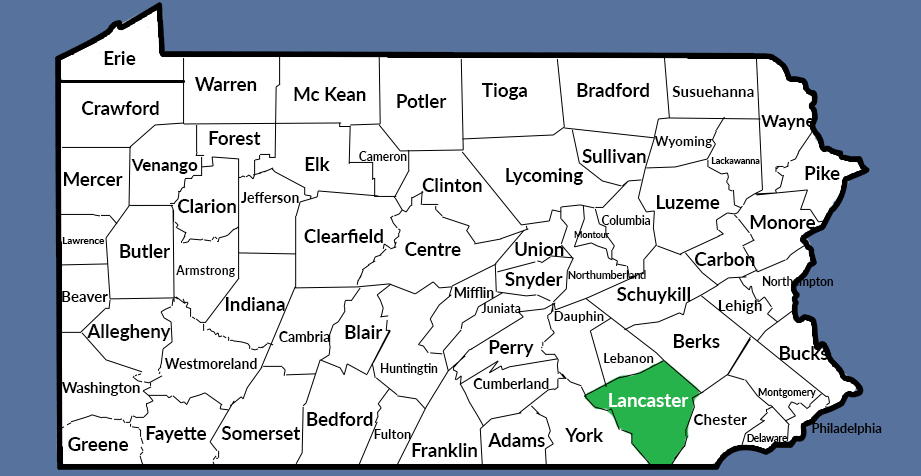Big Spring Run Floodplain Restoration

Parts of the Chesapeake Bay watershed contain a high percentage of impervious cover – paved or other hard surfaces such as roofs and roadways that prevent rain water from being absorbed into the ground. Instead, water runs along these surfaces, collecting trash and substances such as motor oil, lawn fertilizers, and pesticides. This polluted stormwater flows into streams and rivers, where it threatens aquatic ecosystems and public health.
Effective stormwater management, on the other hand, creates safe paths for polluted runoff to be captured and filtered through the ground before it reaches waterways. This helps keep the environment clean and our communities healthy!

Project Location: Lancaster, PA
Problem: Big Spring Run, a headwater tributary of the Conestoga River, was characterized by severe streambank erosion and degradation. The stream valley had been filled in by nutrient-rich sediments generated by historical land-use practices, including 19th century milldams located along the stream. Streambank erosion was contributing to over 60 percent of the sediments suspended in the stream flow. The release of nutrient-rich sediments was impacting downstream water quality.
Solution: The floodplain restoration was designed to return the bottom of the stream valley to its historical conditions by removing legacy sediment and establishing a wetland-meadow valley bottom complex. The restored area is no longer a sediment source. It now traps fine sediment and has improved water quality on-site and downstream, provides additional storage for flood water, and improved groundwater recharge.
The project helped establish Chesapeake Bay protocols by defining reductions in pollutant loads through individual floodplain restoration.
Scale: 3,100 linear feet of stream restoration; 1,500 linear feet of valley restoration; 15 km2 drainage area
Pollutants Removed:
- ~22,000 tons of legacy sediment
- 26,346 lbs of sorbed Phosphorous and 263 lbs water extractable Phosphorous
- 63,670 lbs total Nitrogen and 263 lbs of nitrate-N
Collaborators: Franklin & Marshall College, Pennsylvania Department of Environmental Protection, Land Studies Inc.




